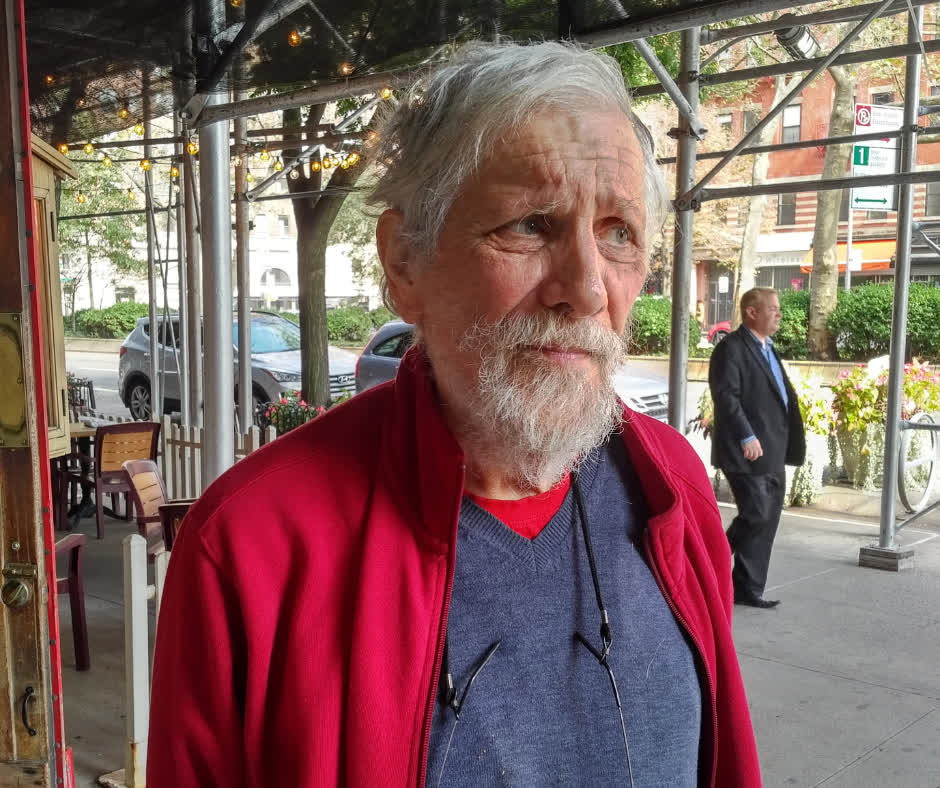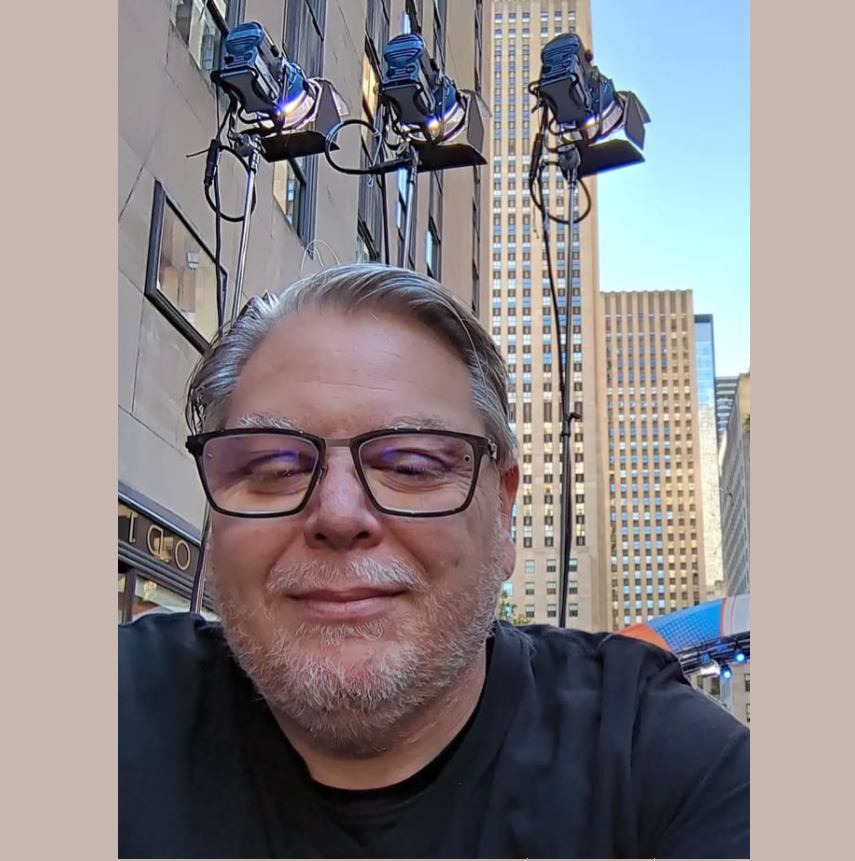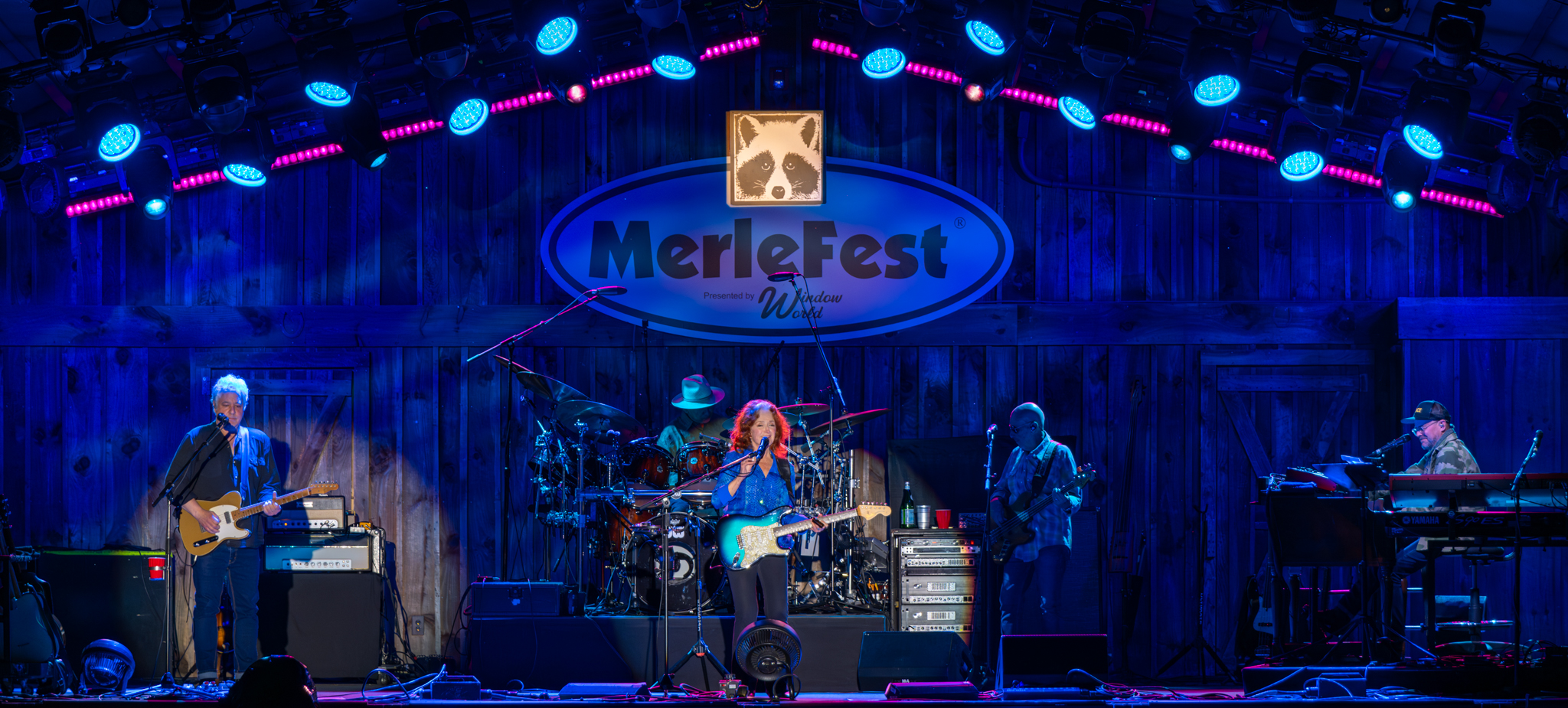DALLAS – The first clue that the Dee and Charles Wyly Theatre, part of the AT&T Performing Arts Center in the Dallas Arts District, is more skewed toward invention than tradition is the exterior. It is housed within a 12-story cube with an outer shell of perpendicular aluminum tubes. The most innovative aspect of the 80,300-square-foot building's design, however, is inside. The performance space is entirely modular and can be remodeled and personalized to the specifications of artistic directors.
In traditional theaters, auxiliary support spaces (such as make-up rooms, rehearsal studios, set build, storage and offices) are positioned around a core space of auditoria. The Wyly architecture turns this accepted layout on its head by stacking the theater vertically so that the back-of-house and front-of-house areas are situated above and below several stories of performance space.
An automated "superfly tower" services the stage levels, enabling scenery and seating to be lifted or lowered from storage facilities.
Serapid Rigid Chain telescopic actuators push or pull these systems, lifting and lowering them in and out of position. The systems are heavy-duty, with one weighing in at 60,000 pounds and another at 120,000 pounds.
The "superfly" tower is key to the rapid reconfiguration of performance areas. There are six pre-set arrangements that can be set up in less than a day: proscenium, thrust, traverse, arena, studio, and "flat floor."
This flexibility, all facilitated by Serapid LinkLift Columns, enable the Wyly to host a wide range of classical and experimental drama, dance and musical productions.
Rem Koolhaas, one of the theater's designers, noted that "by stacking all facilities necessary for the functioning of a theatre in a single vertical volume, we create a situation where the technologies of the stage define an infinite variety of theatre arrangements, from the completely open to the completely enclosed."
While it's not the first of its kind to offer pedestrian views, the 600-seat Potter Rose Performance Hall is almost completely surrounded by glass walls, a design that provides ground-level sight lines into the theater and gives directors the opportunity to use Dallas itself as an artistic backdrop for performances.
Serapid asked Stage Technologies Las Vegas to join the project at an early stage, creating a custom system for controlling the modular seating lifts that transport the seating up and down the "superfly" tower. The system uses "smart" reversing starters to control a number of Serapid lift systems and turntables, totaling 26 axes.
There are two main lifts, one of which descends all the way to the building's basement, where it collects the seating wagons. Among the longest Serapid lifts in the world, these travel 38 feet.
Each of the six smaller lifts (three on either side) carries a three-position turntable. Each turntable has two "risers," also equipped with Serapid LinkLift Columns, which extend to form the tiered seating.
For safety, the Wyly installation is one of the first in the world to use "failsafe wireless," which implements Siemens ProfiSAFE technology over a wireless connection to achieve emergency stop capability safely to Category 4 in accordance with EN 954-1, and SIL 3 in accordance with IEC 61508. These extra safety measures provided by Stage Technologies help to make the Serapid lift systems in the Wyly some of the safest in the world.
Stage Technologies also provided development and modification of new wireless automation equipment – technology that allows a single operator to move the Serapid lift systems at pre-set speeds from anywhere in the building where the Stage Technologies wireless signal is available.
For more information, please visit www.stagetech.com, www.serapid.com, www.theatreprojects.com, www.attpac.org/thevenues/deecharleswylytheatre.aspx and www.wired.com/culture/design/magazine/17-10/pl_design .
(Photo courtesy of Stage Technologies, taken by Peter May)



